When it comes to managing cholesterol, the first thing you might think of is a low-fat, joyless diet. The truth is though, that there are alternative methods of dealing with cholesterol. It’s not only about taking things out of your diet, it’s also an opportunity to introduce some new options. Whether or not you are currently managing high cholesterol, or are looking to prevent it, the foods listed below will give you some guidance for your meal planning.
If you’ve been diagnosed with high cholesterol, your doctor has probably recommended a strict diet that excludes a whole bunch of foods you love. You might get frustrated at the lack of butter and favourite ‘indulgences’ in the meals you have to make, but let’s have a look at the foods you can incorporate in your day-to-day plans to allow you the indulgences you crave.
When it comes to fish, the fattier the better
Swap out red meat for fish two or three times a week. This can lower LDL by replacing the amount of LDL-boosting saturated fats found in red meat, and increase Omega-3 fats into your diet. Omega-3s reduce triglycerides in the bloodstream and also protect the heart. Try out some salmon, sardines or herring.
For the love of fibre
It’s as simple as having a bowl of oatmeal for breakfast. Fibre is a crucial partner in regulating your digestive system and its ability to drag bad cholesterol and other harmful elements out of your system before they get absorbed into the bloodstream. Fibre can also be found in certain grains – such as barley and whole grains – and many fruits and vegetables.
Nuts about nuts
Almonds, walnuts, and peanuts are generally good for the heart. Eating a handful of these nuts a day can help slightly lower your LDL levels. While nuts are heart-healthy and delicious, they are still high in calories and fats. Practicing portion control is a must with this very “more-ish” snack.
Love them or hate them, embrace the beans
You might not like them, but they’re really good for your heart! Almost any variety of bean will help lower cholesterol by almost 8%. Black, kidney or pinto beans provide an abundance of fibre, and have been proven to slow the rate of cholesterol absorption in certain foods. Try adding them to soups or salads as you incorporate them into your diet.
Sterol or Stanol-fortified foods
Stanol is a plant-derived compound that helps lower cholesterol significantly through stopping cholesterol absorption by almost 10%. It is found in certain margarines and can be a useful replacement for those who enjoy their buttered toast. The trick is to use Stanol sparingly - it shouldn’t be a substitute for the same amount of fats you might have been using pre-diagnosis. Take care when reading labels to avoid margarines with any trans-fats in them.
For more, read this.
It’s important to remember that these foods aren't cure-alls. A handful of walnuts or a bowl of oatmeal isn’t going to get rid of high cholesterol. Including the foods listed above in your eating plan doesn’t give you a pass to overindulge in all the high-fat foods you want. To really benefit, you need to make a lifestyle change: eat a low-fat diet that includes the foods listed above, plus lots of fresh leafy greens, other fresh vegetables and fruits; watch your weight, and get more exercise daily to ensure you reach the optimal, healthy cholesterol levels. Read our full article on cholesterol here
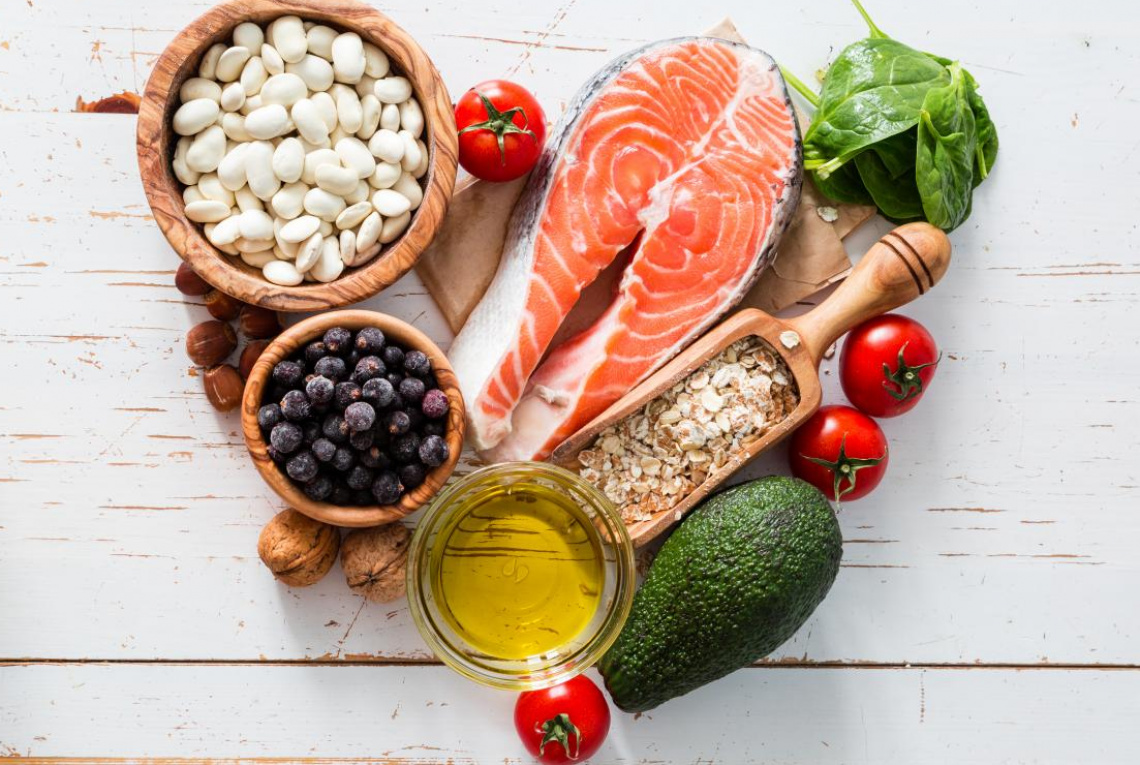
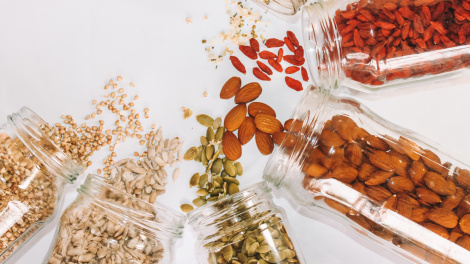
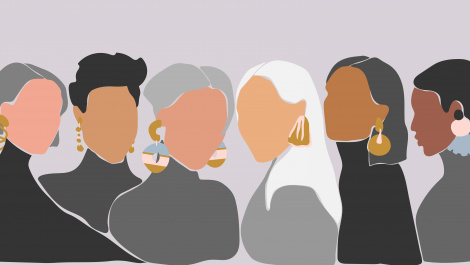

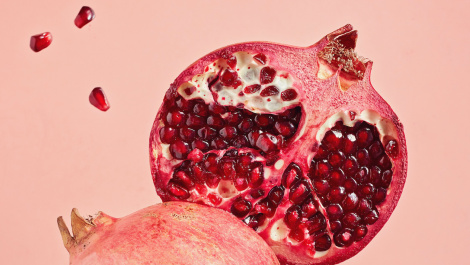

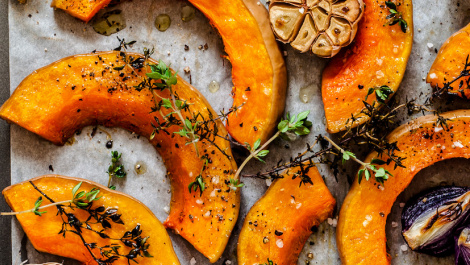
Comments